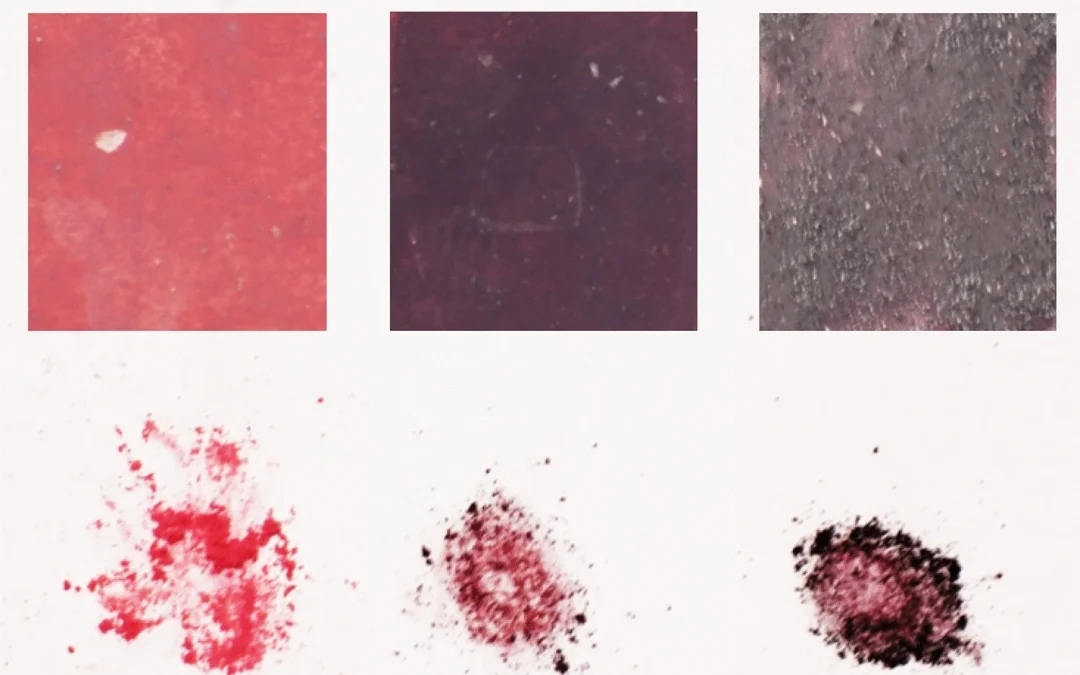Madder lake is the most utilized anthraquinone dyestuff in artworks. Its main constituents (alizarin and purpurin, together with other natural dyes) form an organometallic complex (the lake) insoluble in water by precipitation or adsorption of the dye onto an inorganic substrate. Raman spectra of madder lake are strongly affected by fluorescence, making its identification by Raman spectroscopy difficult or impossible. In this work, we prepared different lakes according to historical recipes and characterized them with X-ray diffraction (XRD), IR, and UV-Visible spectroscopies. Additionally, painting mock-ups were prepared and the lakes were extracted with hydrated and ethanol-rich agar gel beads. This work is aimed at showing the advantages and limits for the identification of the madder lake constituents by Raman and SERS (Surface-Enhanced Raman Spectroscopy) methods in the hydrogels used for sample micro-extraction. The main advantage of SERS for madder lake detection is to allow the user to acquire spectra in random spots in the gel bead, without the need for recrystallized grain localization in the dried hydrogel.
